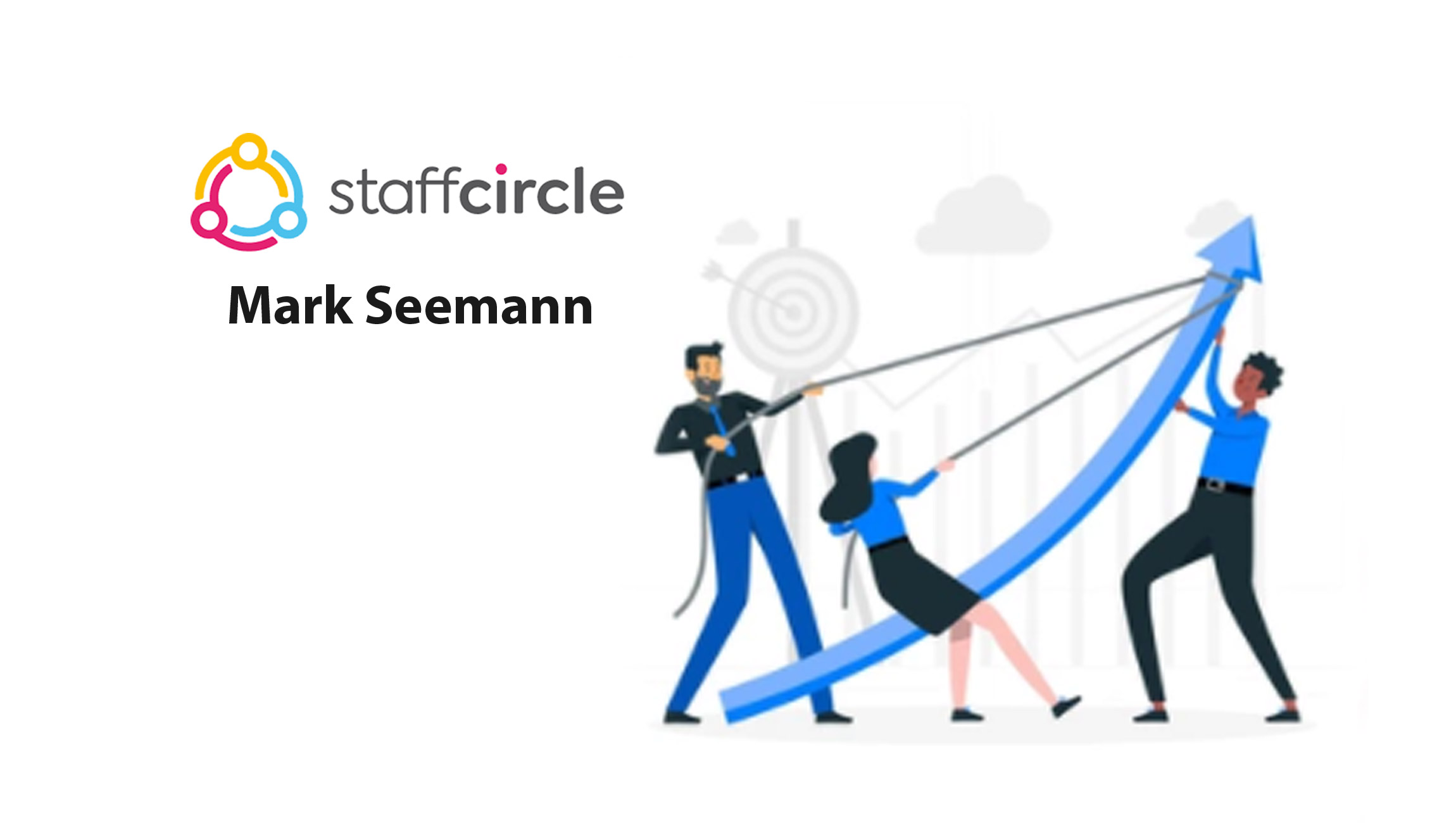There’s a tipping point when you’re growing a business. This is when a small, 5-10 employee company begins to scale up, increasing its headcount, and reaches a pivotal moment in its trajectory. Harness the right tools, and the company’s growth and culture can thrive. But if it doesn’t implement the correct processes or digital platforms to align with this growth, a crisis looms. What we’re seeing is entrepreneurs leaving it too late, clinging on with manual processes until they hit this tipping point and the wheels start to come off. It becomes increasingly hard to get back on track.
Accustomed to a smaller team and the greater visibility that naturally comes with this, many leaders are therefore blind to the needs of a growing workforce, often believing that putting in new processes or platforms is in fact overkill and unnecessary. By the time they realise that doing so is an essential move for their growing business, they end up desperately backpedalling, quickly (and randomly) trying to plug gaps with tech and new processes in an attempt to effectively manage a larger workforce. So, what can you do to avoid such a frenzied scenario?
Marketing Technology News:MarTech Interview with Urvish Vashi, Chief Operating Officer, HighRadius
Be proactive
While organisations have different tipping points as to when they should implement change, there needs to be a more prescriptive way in realising when this moment is. The best problems are the ones you can see before they happen (and so they don’t). The best teams are the ones who remain on the front foot and are able to anticipate change, rather than resting on their laurels.
So, instead of waiting too long – to a point where you have to make rapid pivots to support growth – companies need to be agile and proactive early on. How? By providing employees with the correct platforms and digital processes; ones that are already pre-equipped to support the cultural changes that appear within larger organisations, ensuring a company’s vision never wavers. The need to be proactive is multiplied when considering the increasingly remote and flexible locations and workspaces employees are occupying for hybrid working. In order to support this transition and stay ahead of the curve, it’s time for teams to digitise.
Retooling earlier, for the better
As teams expand, visibility becomes more of a challenge. It’s easy for lines of communication to become more blurred from higher up and teams to receive less acknowledgement of work, productivity and value. This can lead to employees becoming disengaged and feeling underappreciated, which in turn will impact business growth and strategy.
Implementing the right tools early on can immediately establish a system of visibility, appraisal and communication, which means when companies begin to scale, managers, teams and employees are already in harmony with these processes. If the tipping point is missed, it becomes increasingly tricky to introduce everyone into a new system and way of working.
For example, harness performance management solutions that focus on recognition through providing manager-to-peer or peer-to-peer feedback or allowing teams to see and manage their workflow. With these tools you can foster a culture where employees are visibly appreciated for their efforts, work and achievements. The earlier this is achieved, the easier it is for members to join an already established ecosystem of visibility that is likely to retain and attract staff, support employee wellbeing and drive growth.
For HR managers and leaders, the ability to accrue data becomes crucial, especially as numbers rise and teams begin working in more and more locations. Locational data can support this visibility and unlock a mobile, agile workforce. These insights can allow teams to work as and where required, organise days in collaborative spaces and apply rotations between different workspaces and remote working.
An aligned culture
By retooling to enhance visibility, you’re also on your way to establishing your organisational culture. But what should teams look for in their culture? And how do you create, foster and instil this culture when teams are growing and aren’t location-based?
It’s imperative to ensure fairness and equity in the working environment from the outset. If the tipping point has been hit, fractured cultures and a lack of consistency in company values could emerge; an employee should be able to outline what their company’s values are. Performance management tools can effectively reach and unite employees on the same common ground. Location must be eliminated from any performance considerations, joined with an understanding for personal circumstances and mental health.
Daily ‘newsfeeds’ are a great way to build these values, share wellbeing tips, and keep all employees in the loop. Likewise, digital communication platforms can facilitate collaboration and ensure that all employees have a voice, wherever they are. Social channels are also a brilliant way to give employees their own group chats and organise social activities to boost team chemistry and morale. This will all likely be returned with sky-rocketed employee engagement and productivity.
Marketing Technology News: MarTech Interview with John Byrne, Head of Product at 7th Minute
The bottom line
Ultimately, there is a tipping point for organisations who are scaling up, and you have to be careful not to miss it. If you do, you’ll be scrambling to catch up to meet the level of performance, productivity and engagement that you could have achieved months prior. But establish a rewarding culture with visibility and equal appraisal, integrate the right tech early on to achieve this, and the looming threat of the tipping point becomes “what problem?”. Miss it? You’ve seen it from a mile away.
Marketing Technology News: MarTech Interview with Charlie Silver, Founder and CEO, Permission.io











